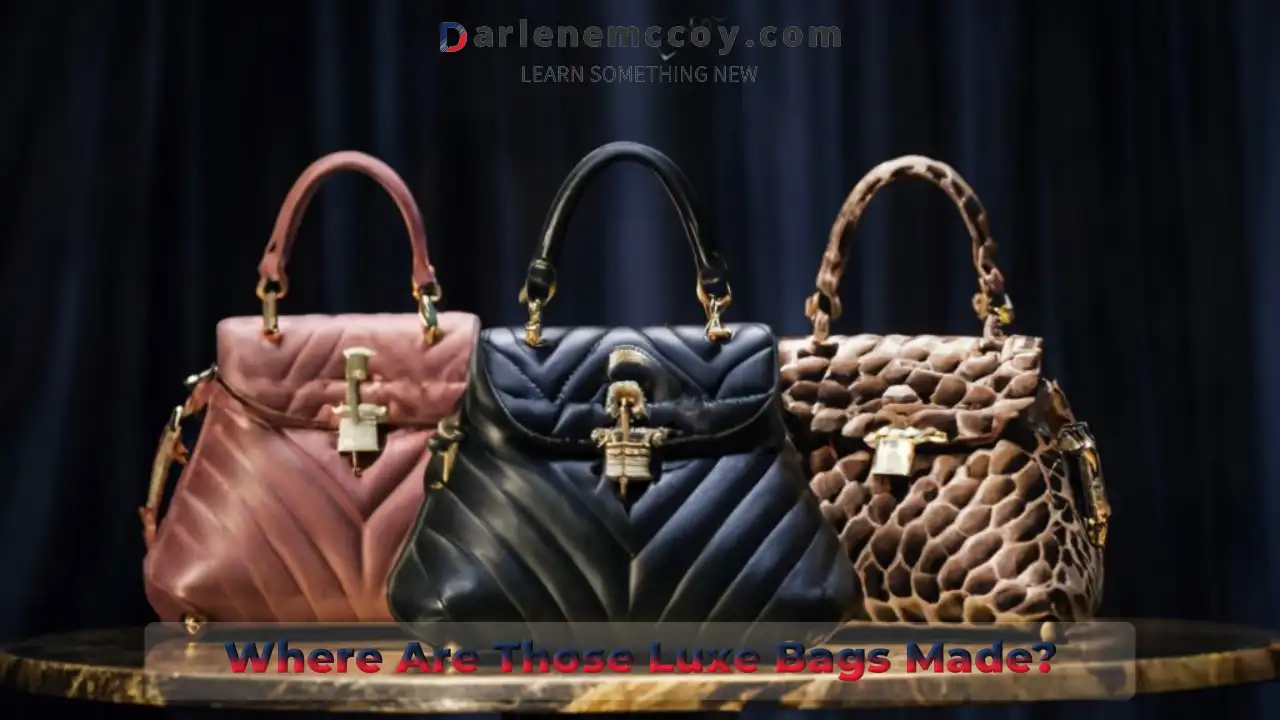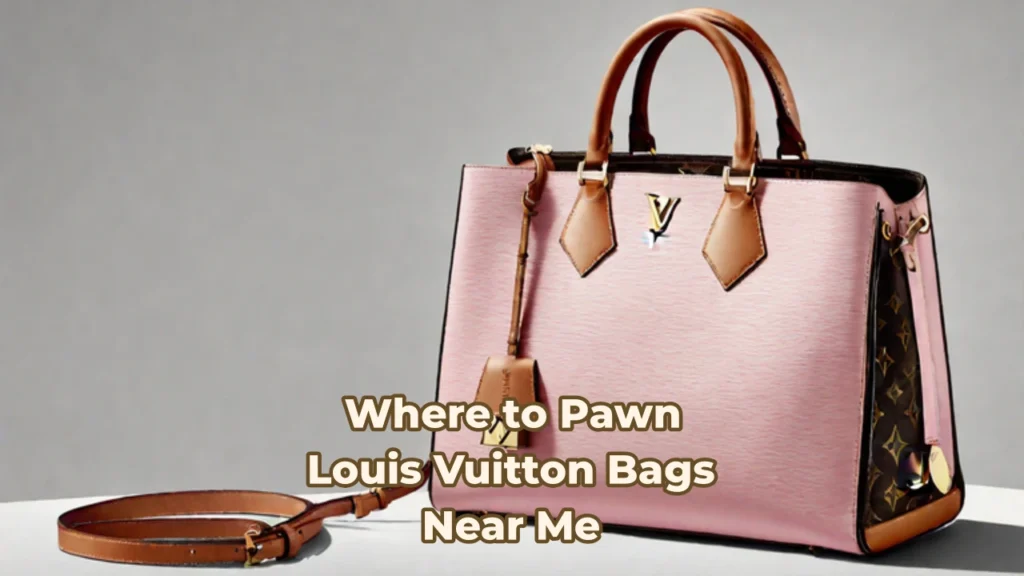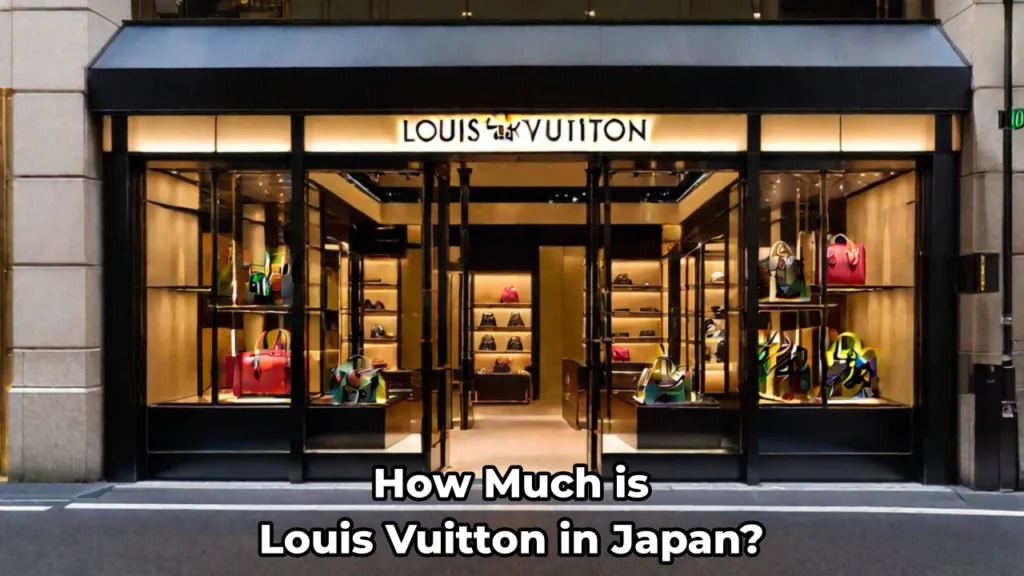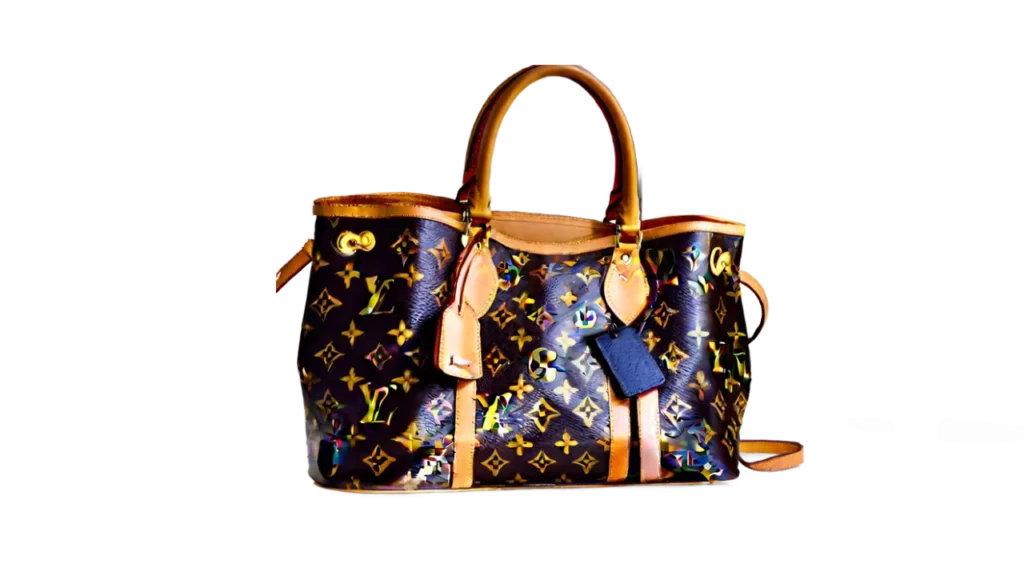Have you ever coveted a stunning handbag carried by a celebrity or fashion icon? Wondered where such exquisite pieces are crafted? The truth is, the world of luxury handbags boasts a fascinating geography, with a blend of tradition, skill, and strategic decision-making determining where these coveted items come to life.
In this guide, we’ll embark on a journey to uncover the key manufacturing countries for luxury handbags. We’ll delve into the factors that influence these decisions, from maintaining brand heritage to navigating the intricacies of cost and logistics. Finally, we’ll equip you with the knowledge to determine where your own designer bag was born.
The Allure of Location: Powerhouses of Luxury Handbag Production
Table Prominent Luxury Handbag Manufacturing Countries
| Country | Known For | Example Brands |
|---|---|---|
| France | Tradition, Parisian elegance, leather expertise | Chanel, Hermès |
| Italy | Exquisite craftsmanship, attention to detail | Prada, Gucci |
| Spain | Skilled labor, growing reputation | Loewe, Balenciaga |
| United States | Entering luxury market, North American advantage | Coach, Michael Kors (select lines) |
The world of luxury handbags isn’t a one-size-fits-all affair. Specific countries have established themselves as powerhouses in this realm, each bringing unique strengths to the table. Let’s explore some of the most prominent players:
- France: Steeped in a rich legacy of leatherworking, France is synonymous with high-end fashion. Skilled artisans and a long-standing association with luxury have cemented the country’s position in the handbag game.
- Italy: Renowned for its meticulous craftsmanship and attention to detail, Italy boasts a long history of producing exquisite leather goods. From the supple softness of Florentine leather to the impeccable stitching techniques, Italian workshops are havens for those seeking unparalleled quality.
- Spain: Often overshadowed by its European counterparts, Spain has quietly emerged as a force to be reckoned with in luxury handbag production. Skilled labor and a growing reputation for quality have attracted leading fashion houses, making Spain a player to watch.
- United States: While not traditionally associated with luxury handbag production, some high-end brands are dipping their toes into US-based manufacturing. This shift could be attributed to factors like a skilled workforce or strategic positioning within the North American market.
It’s important to remember that this list isn’t exhaustive. Other countries, like Switzerland known for its watchmaking precision, or China with its growing pool of skilled artisans, also play a role in the intricate tapestry of luxury handbag production.
Beyond Borders: The Factors Shaping Production Location
Table Factors Influencing Production Location
| Factor | Considerations |
|---|---|
| Legacy & Brand Identity | Maintaining connection to heritage, preserving brand image |
| Materials & Craftsmanship | Access to specialized skills, availability of unique materials |
| Cost & Logistics | Labor costs, import/export regulations, shipping expenses, proximity to resources |
| Brand Expansion | Meeting global demand, faster turnaround times, catering to regional markets |
So, what exactly determines where a luxury handbag is born? It’s a complex interplay of several factors:
- Legacy and Brand Identity: For many houses, maintaining a connection to their heritage is paramount. French brands might prioritize production in France to uphold their association with Parisian style.
- Materials and Craftsmanship: Access to specific materials and skilled artisans can heavily influence location decisions. Italian workshops might be the ideal choice for working with delicate exotic leathers due to their expertise in handling such materials.
- Cost and Logistics: Labor costs, import/export regulations, and proximity to raw materials all play a role in the equation. While France might boast a long history of craftsmanship, producing there might be more expensive compared to other countries.
- Brand Expansion: As a luxury brand gains popularity, establishing new workshops in strategic locations can help meet global demand and cater to specific markets. This allows for quicker turnaround times and potentially lower production costs.
Understanding these factors empowers you to appreciate the intricate dance between tradition, economics, and brand strategy that shapes the birthplace of your coveted handbag.
Unveiling the Mystery: How to Find Where Your Bag Was Made
Table Tips for Determining Your Bag’s Origin
| Method | Description |
|---|---|
| “Made In” Label | The most direct indicator, often sewn inside the bag |
| Brand Website | Look for sections on craftsmanship, sustainability, or manufacturing practices |
| Research | News articles, brand interviews, social media can offer insights |
Now that you’re armed with knowledge about the key players and underlying factors, let’s crack the code and discover where your own designer bag was crafted:
- Look for the Label: Most handbags will have a discreet tag sewn into a seam, often stating “Made in…” followed by the country of origin. This is the most straightforward way to identify the location of production.
- Brand Website: Many luxury brands embrace transparency and provide information about their manufacturing practices on their official websites. Look for dedicated sections on craftsmanship or sustainability, which might shed light on production locations.
- Research the Brand: Delving deeper into the brand’s philosophy and values can offer valuable clues. Brands that emphasize heritage and craftsmanship might be more likely to produce in countries known for their historical expertise.
By employing these techniques, you can transform your designer bag from a beautiful accessory to a tangible piece of global craftsmanship with a unique story to tell.
Beyond the Label: A Call for Conscious Consumerism
In today’s world, where ethical considerations are increasingly important, knowing the origin of your luxury handbag goes beyond mere geography. It allows you to make informed choices about the brands you support.
Consider factors like fair labor practices, sustainable sourcing of materials, and environmental impact when making purchasing decisions. Many luxury brands are actively striving towards more ethical production practices. By being a conscious consumer, you can empower these efforts and contribute to a more responsible luxury landscape.
Remember, your designer bag is a statement piece, and an investment in craftsmanship, timeless style, and a piece of fashion history.
The “Made In” Label: More Than Meets the Eye
While the “Made In” label offers valuable insight, it’s important to understand its nuances. Luxury handbags are often a product of global collaboration, with various components and stages of production taking place in different countries.
For example, a bag might boast a “Made in Italy” label, but the leather could be sourced from France, the hardware from China, and the final assembly taking place in Italy. This doesn’t diminish the bag’s quality, but it highlights the complex supply chains within the luxury industry.
Counterfeits and the Importance of Authenticity
Unfortunately, the world of luxury goods is marred by counterfeits. These imitation products often falsely bear “Made In” tags claiming production in reputable countries to deceive unsuspecting buyers.
To ensure you’re investing in a genuine piece, here are some red flags to watch out for:
- Price: If a deal seems too good to be true, it probably is. Deep discounts on luxury handbags are rare.
- Quality: Inspect the bag meticulously. Look for crooked stitching, flimsy materials, or signs of poor construction.
- Source: Always purchase from authorized retailers or the brand’s official website to guarantee you’re getting an authentic product.
Embracing the Journey
Discovering the origins of your luxury handbag is a captivating exploration. It’s about respecting the craftsmanship, traditions, and complex logistics woven into each piece. And ultimately, it empowers you to make conscious choices that align with your values.
The next time you admire a beautifully crafted handbag, remember there’s an entire world behind its creation. Whether its roots lie in the heart of French fashion, the skillful hands of Italian artisans, or an emerging manufacturing hub, each bag tells a unique tale.
Let me know if you’d like a specific section expanded further or have other aspects of luxury handbags you’d like to explore!




